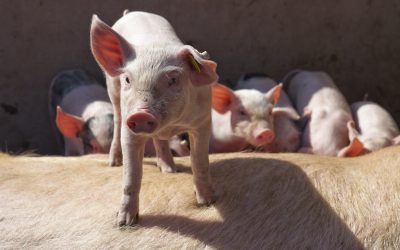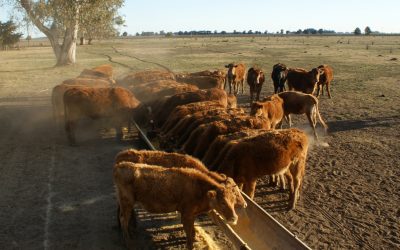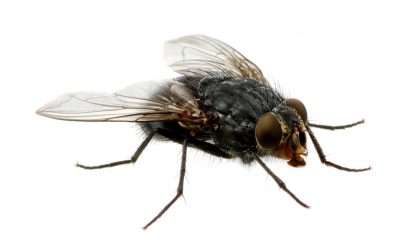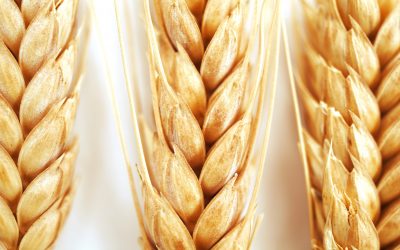Feeding zoo animals is often a puzzle
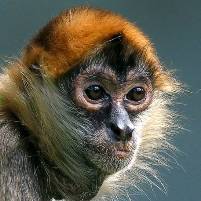
Kerri Slifka is one of the (only) 15 nutritionists in zoos throughout the USA. Her job is to make sure the carnivorous cats are eating a low carbohydrate diet and that the often-constipated spider monkeys are getting plenty of fiber in their meals.
Ms. Slifka and her staff at the Dallas Zoo are responsible for preparing 188
specialized diets for the thousands of animals at the zoo every day of the year.
But while the zoo’s commissary could easily be mistaken for a kitchen at a
five-star restaurant, an eagle eye will spy the differences.
Zoo
nutrition relatively new
The dietary needs of domesticated
animals have been well studied (think of those aisles of Iams and Alpo) but the
science of zoo nutrition is a relatively new field. The Toronto Zoo
was the first in North
America to employ a nutritionist in the 1970s, said Ann Ward, one of two
nutritionists working now at the Fort Worth Zoo.
“What I always say is I
get paid to make my best guess,” said Ms. Ward, who has been at the Fort Worth
Zoo for 13 years. “It sounds scary, but there aren’t a lot of answers out there
yet.” There’s no formal course of study to become a zoo nutritionist, and many
do post-graduate work in human nutrition.
It’s like a
puzzle
Ms. Slifka has a bachelor’s degree in animal science and a
master’s in human nutrition, and she’s a member of the Nutrition Advisory Group,
a scientific advisory committee of the Association of Zoos and Aquariums
. She’s
taken all the classes required to be a registered dietitian – for the human kind
– but they only work with one species and one digestive system. She said she’d
rather research hundreds of species with many types of digestive systems.
“It’s like a puzzle where I don’t have all the pieces and the picture keeps
changing,” Ms. Slifka said.
Different digestive
systems
Because zoo nutritionists know so little about what some zoo
animals should be eating, they compare them to other species they know more
about. An otter might not look like a cat, but they both need high-protein
diets. And while you might think African colobus monkeys should eat more like
humans, their digestive systems are more similar to cows. “You can’t tell just
by looking at them what they’ve got inside,” Ms. Slifka said.
Related
website:
Dallas
Zoo




